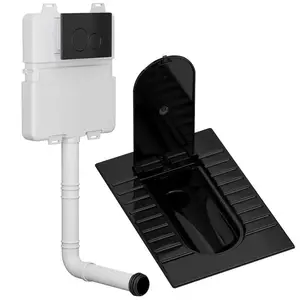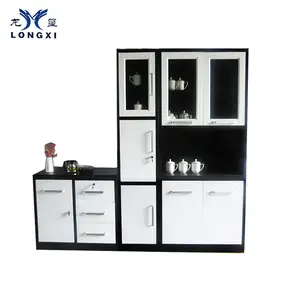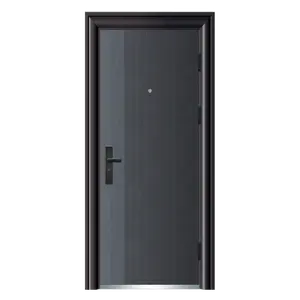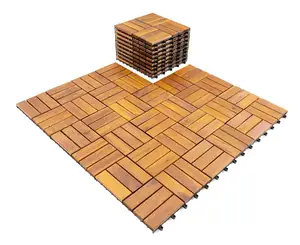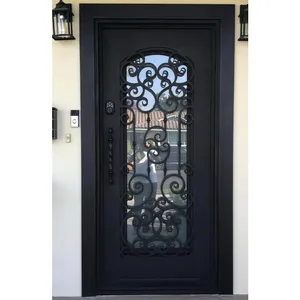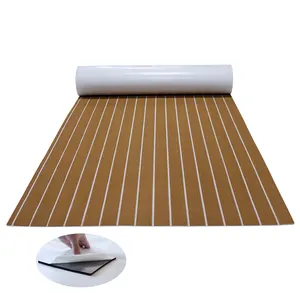Popular in your industry






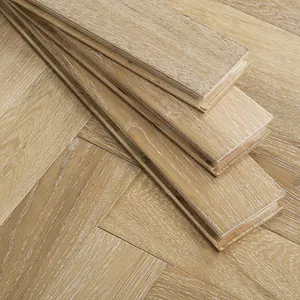
































































Related Searches:




































































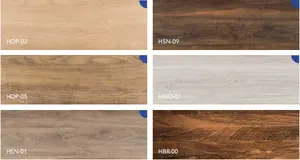































































































Top categories
About herringbone tile floor
The herringbone tile floor is a sophisticated and timeless choice for flooring that brings a unique pattern and aesthetic to any space. This classic design, characterized by its distinctive V-shape pattern, is not only visually appealing but also adds a sense of dimension and texture to floors. With its rich history and modern adaptations, the herringbone pattern has become a popular choice for those looking to infuse elegance into their interiors.
Types and Materials of Herringbone Tile Floors
Delving deeper into the types of herringbone tile floor, one finds a variety of options that cater to different tastes and functional needs. Herringbone porcelain tile is a go-to for areas with high moisture due to its low porosity and minimal upkeep. On the other hand, herringbone vinyl tiles offer a balance between cost-efficiency and aesthetic appeal, often used in commercial settings for their resilience and ease of replacement. For those seeking the warmth of natural wood with a twist, herringbone wood tile floors in hickory or black walnut provide a luxurious feel with each plank's unique grain contributing to an intricate flooring mosaic.
Structural Integrity and Installation Techniques
The structure of a herringbone tile floor is a marvel of engineering, with each piece interlocking to form a harmonious pattern. The physical components include the base layer, often a subfloor of concrete or plywood, upon which the tiles are meticulously laid. For materials like vinyl, the Unilin click lock system is a revolutionary technique that ensures each plank fits together without the need for adhesives, creating a floating floor that is both stable and flexible. The precision with which these tiles must be cut and laid cannot be overstated, as the integrity of the entire floor depends on the accuracy of the herringbone pattern.
Materials and Their Properties
The choice of materials for herringbone tile floors is influenced by their inherent properties. Porcelain, a denser and more durable option than ceramic, is chosen for its ability to withstand heavy traffic and resist water and stain penetration. Vinyl, on the other hand, offers a softer underfoot experience and is favored in environments where standing for long periods is common. Wood tiles are selected for their natural beauty and the warmth they bring to spaces, with hickory providing exceptional hardness and black walnut offering deep, rich hues.
Business Usages and Applications
In the realm of business, herringbone tile floors are a versatile option, gracing the floors of high-end boutiques, corporate lobbies, and upscale restaurants. In such settings, they not only contribute to the aesthetic but also withstand the high footfall. For instance, in the hospitality industry, a herringbone bathroom floor tile can elevate the guest experience, while in retail, a herringbone wood tile floor can create an inviting atmosphere that enhances the shopping experience.
Functions of Herringbone Tile Floors
The primary function of a herringbone tile floor is to provide a durable and attractive surface. However, beyond this, the herringbone pattern is uniquely adept at hiding dirt and wear, making it an ideal choice for busy areas. The interlocking design also distributes weight evenly, reducing the likelihood of cracks and damage over time.
Features of Herringbone Tile Floors
The distinct characteristics of herringbone tile floors include their timeless appeal and the way they can make a space appear larger due to the pattern's directional properties. Additionally, with advancements in tile manufacturing, options like herringbone vinyl tiles can now mimic the look of real wood or stone, providing a cost-effective yet luxurious flooring solution.
Benefits of Herringbone Tile Floors
The benefits of installing a herringbone tile floor are manifold. They offer an enduring surface that can handle the rigors of high traffic, are relatively easy to clean, and can significantly boost property value. Moreover, the herringbone pattern itself can enhance the acoustics of a room by disrupting sound waves.
How to Use, Choose, Clean, Maintain, and Install Herringbone Tile Floors
Effective operation of a herringbone tile floor begins with choosing the right material for your needs. For high-traffic areas, porcelain or vinyl is recommended. Cleaning should be done with a gentle cleanser appropriate for the material, and maintenance involves regular checks for any loose tiles. Installation is a precise task that often requires professional expertise, especially for the intricate herringbone pattern.
Target Audience and Meeting Needs
The target audience for herringbone tile floors varies from homeowners seeking a classic look in their living spaces to businesses wanting to make a statement in their premises. The pattern's versatility and the variety of materials available mean that it can meet a wide range of needs and preferences, from the practical to the purely aesthetic.
How does the herringbone pattern enhance room aesthetics?
The herringbone pattern tile floor inherently brings a dynamic movement to the room's design. Its geometric precision and the eye-catching V-shape pattern draw the eye, creating a focal point that can make even the simplest space feel more crafted and designed. The pattern's ability to add depth and texture to a room enhances its overall aesthetic appeal, making it a preferred choice for designers and architects.
What are the durability and maintenance considerations for herringbone flooring?
Durability is a hallmark of the herringbone tile floor, especially when materials like porcelain or luxury vinyl are chosen. These materials resist wear and tear, scratches, and stains, making them suitable for high-traffic areas. Maintenance is relatively straightforward, often requiring just regular sweeping and mopping. However, the maintenance regimen may vary based on the specific material used, with wood tiles needing more care to maintain their finish over time.
How can businesses choose the right herringbone flooring for their space?
Choosing the right herringbone tile floor involves considering the space's function, the expected foot traffic, and the overall design theme. For high-traffic commercial spaces, durable materials like herringbone porcelain tile or herringbone vinyl tiles are advisable. For residential or low-impact areas, the aesthetic appeal of wood tile flooring herringbone pattern may be more desirable. Consulting with design professionals and utilizing the project solution capabilities on Alibaba.com can aid in making an informed decision.
